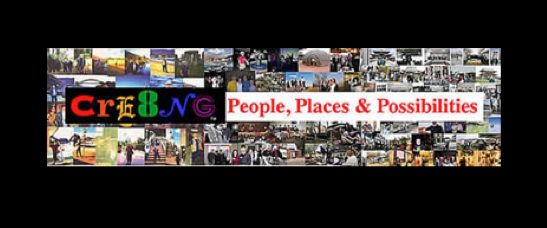WHO KILLED CREATIVITY I just completed an interesting and creative survey about creativity.
WHO KILLED CREATIVITY? survey If you have missed it (it takes longer than 7 minutes).
http://www.whokilledcreativity.com/
and it sparked this weeks (unfortunately delayed ACC) Alan's Cre8ng Challenges 2011-37
Do you think that CREATIVITY has truly been KILLED or is Being KILLED?
I am encouraging that you complete the survey and share it with all of your colleagues, fellow workers, managers, supervisors, friends, family members. http://www.whokilledcreativity.com/ on that theme
Alan's Cre8ng Challenges 2011-37 Each day this week take time to explore the question Who Killed Creativity?
MONDAY Do you think your creativity, creativeness, creative thinking were killed in SCHOOL? When? Where? How? Why? By Whom?
TUESDAY Do you think your creativity, creativeness, creative thinking were killed at WORK? When? Where? How? Why? By Whom?
WEDNESDAY Do you think your creativity, creativeness, creative thinking were killed at HOME? When? Where? How? Why? By Whom?
THURSDAY Do you think your creativity, creativeness, creative thinking were killed by YOUR FRIENDS? When? Where? How? Why? By Whom? Neighborhood friends? School friends (K thru 12 thru college)
FRIDAY Do you think your creativity, creativeness, creative thinking were killed by our leaders, POLITICAL, MILITARY, SPORTS or others? When? Where? How? Why? By Whom?
What are you doing to revive, reawaken, bring back to life your creativity, creativeness, creative thinking at work, in school at home with friends?
Alan
alan@cre8ng.com
http://www.cre8ng.com





